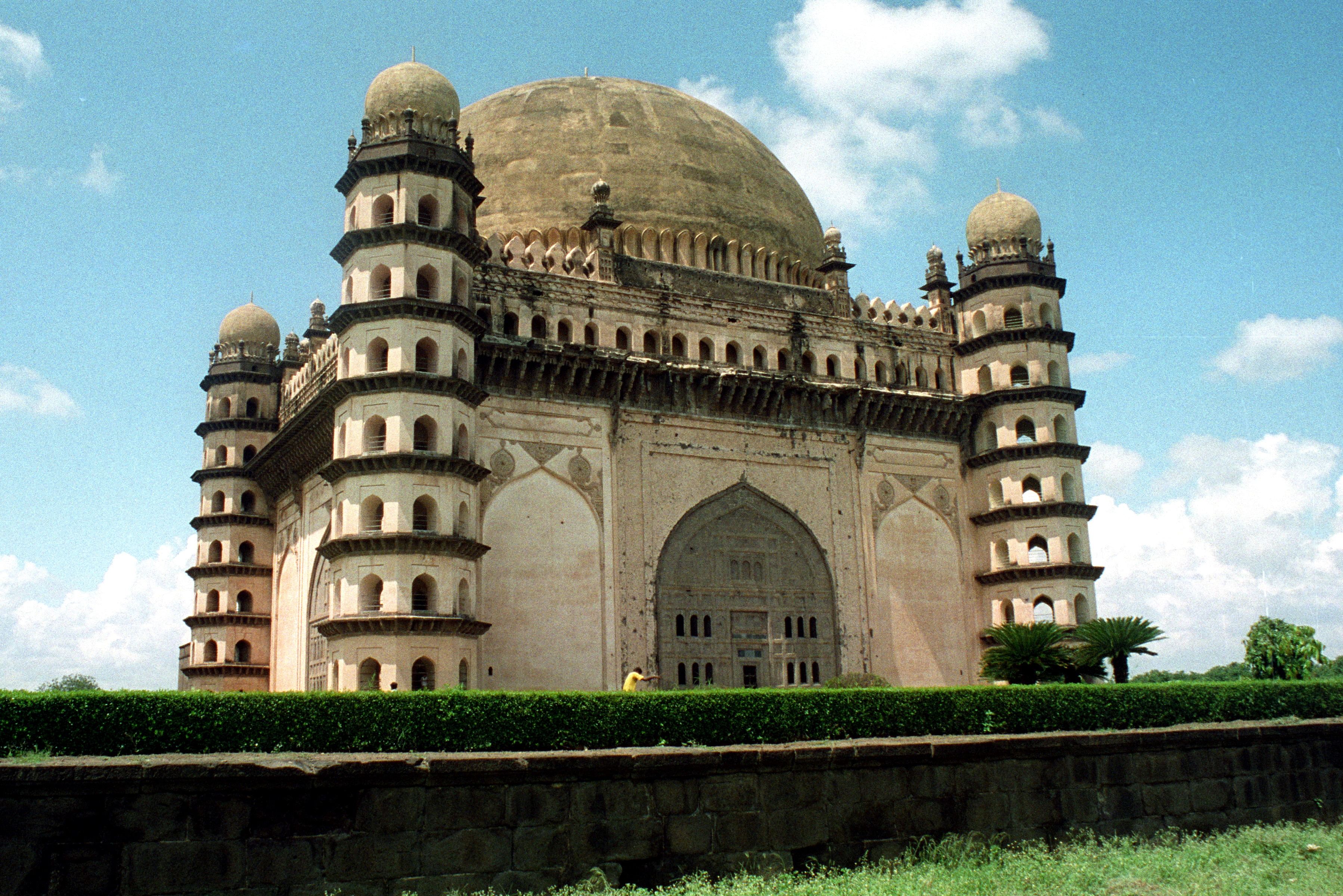
Monuments and forts of the Deccan Sultanate in the districts of Bidar, Kalaburagi and Vijayapura are inching closer towards getting the United Nations Educational Scientific and Cultural Organisation (Unesco) World Heritage tag.
The cluster of monuments are already in the list of tentative sites for recognition (2014) by the Unesco World Heritage Committee and may end up in the 2019 World Heritage List.
Only three other places in Karnataka enjoy the famed World Heritage Tag. While the group of monuments at Hampi and Pattadakal were inscribed in the list (under Culture category) in 1986 and 1987, respectively, the Western Ghats were inscribed (under Natural category) in 2012.
Karnataka has not been dogged enough in its persuasion of getting the tag, despite being an ideal destination for heritage tourism, but has finally made some progress.
The state government is on the verge of submitting the final proposal to the Ministry of Culture seeking the inclusion of the monuments in the list.
Speaking to DH, T Venkatesh, Commissioner, Department of Archeology, Museums and Heritage, said the final dossier of the monuments would be submitted to the Archaeological Survey of India (ASI) by end of August.
“The ASI, in turn, will submit the same to the Centre. We are hopeful that the Deccan Sultanate monuments will get inscribed in the World Heritage List next year,” he said.
Venkatesh said that the Unesco heritage tag would not only bring international recognition to the state, it would also increase tourism potential in North Karnataka.
“Moreover, we can regularise monument protection. There are encroachments in many of these forts and tombs, which the department hasn't been able to clear all these years,” he added.
The dossier preparation has been entrusted to the Indian Heritage Cities Network (IHCN), which is expected to submit the document by mid-August.
The department signed a Memorandum of Understanding (MoU) with IHCN on September 14, 2017.
Archaeology Director Gavisiddaiah said that IHCN was given the 4G exemption under the Karnataka Transparency in Public Procurements (KTPP) Act for this purpose. The department has spent Rs 95 lakh for preparing the dossier.
Historical significance
The series of monuments built between the 14th and 17th centuries in Karnataka and present day Telangana showcases the convergence of national and international styles of Islamic architecture and their intersections with the prevalent Hindu architecture of southern India.
The group of monuments have been broadly classified as the Bahmani monuments at Kalaburagi, Bahmani and Barid Shah monuments at Bidar, Adil Shashi Monuments at Vijayapura, and Qutb Shahi Monuments at Hyderabad.
The 14th century Bahmani monuments at Kalaburagi comprises the Gulbarga Fort, Great Mosque in the fort, and the Haft Gumbad complex with seven tombs, all protected by the ASI.
The Bahmani and Barid Shahi Monuments at Bidar, dating from the late 15th to the early 16th centuries, comprises the Bidar Fort, the Madrasa Mahmud Gawan, the Bahamani tombs at Ashtur and the Barid Shahi tombs.
The Adil Shahi monuments at Vijayapura date from late 15th to the late 17th centuries. These are an ensemble of 80 small and big monuments including the fortifications, gates, water systems and tanks, several mosques and tombs and palatial structures. The most remarkable monuments within the fort include the Gol Gumbaz and one of India’s finest mosques - the Jami Masjid.
The Gol Gumbaz has the second largest dome in the world.
The Qutb Shahi Monuments at Hyderabad comprising the Golconda Fort, Qutb Shahi Tombs and Charminar, too, have been listed.
Besides the Deccan Sultanate monuments, the monuments of Srirangapatna Island Town and the Sacred Ensembles of Hoysala, too, were included in the tentative list by the Unesco committee.
The Department of Archaeology is, however, yet to finalise the dossiers for the two historical sites.